-
The network speed can't go up, is this the reason for the router
With the development of communication technology and the Internet, operators have begun to provide ordinary consumers with 200 Mbps, 500 Mbps, and 1 Gbps home broadband services to meet the network bandwidth needs of different users.

However, after some users have opened a high-speed broadband service, they found that the actual network speed is much lower than the network speed advertised by the broadband service when they conduct network speed tests on computers, mobile phones, tablets, etc. connected to the router.
After contacting the operator for on-site inspection, the broadband optical modem's network speed was normal. Could it be that the speed of the internet isn’t up to the point of your own network?

Is it really a problem with your own router?
-
Is the fiber in the optic cable really afraid of water
When fiber optic cable is made, there are two protection requirements for optical fiber: one is that the fiber is less forced, and the other is that the fiber is waterproof.
The outermost layer of the fiber optic cable is a plastic shield, inside is a metal sheath, and then inside is the water-blocking layer of water expansion, the cable core has ointment and fiber glued together. Optical fiber has four waterproof passes, namely: plastic shield, metal sheath, water-blocking layer, ointment. So, the problem came, fiber optic why so afraid of water, home fish tank glass, window glass why not afraid of water but waterproof, are glass why so different?
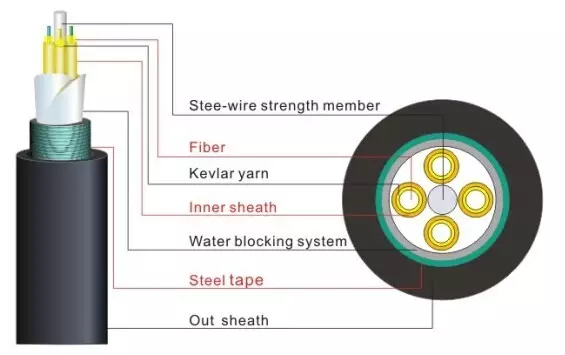
It is generally believed that fiber optics are not afraid of water, because glass is extremely water-attached. But in fact, water is very harmful to fiber optic cables. If the fiber optic cable into the water, in the cold water
-
10 common problems and solutions when using OTDR
Optical fiber measurement with OTDR can be divided into three steps: parameter setting, data acquisition and curve analysis. Manual setting of measurement parameters includes:
(1) Wavelength selection (λ):
Because different wavelengths correspond to different light characteristics (including attenuation, micro bending, etc.), the test wavelength generally follows the principle corresponding to the system transmission communication wavelength, that is, when the system opens 1550 wavelength, the test wavelength is 1550nm.
(2) Pulse Width:The longer the pulse width, the larger the dynamic measurement range and the longer the measurement distance, but the greater the blind zone in the OTDR curve waveform; the short pulse injection level is low, but the blind zone can be reduced. The pulse width period is usually expressed in ns.
(3) Measuring range (Range):
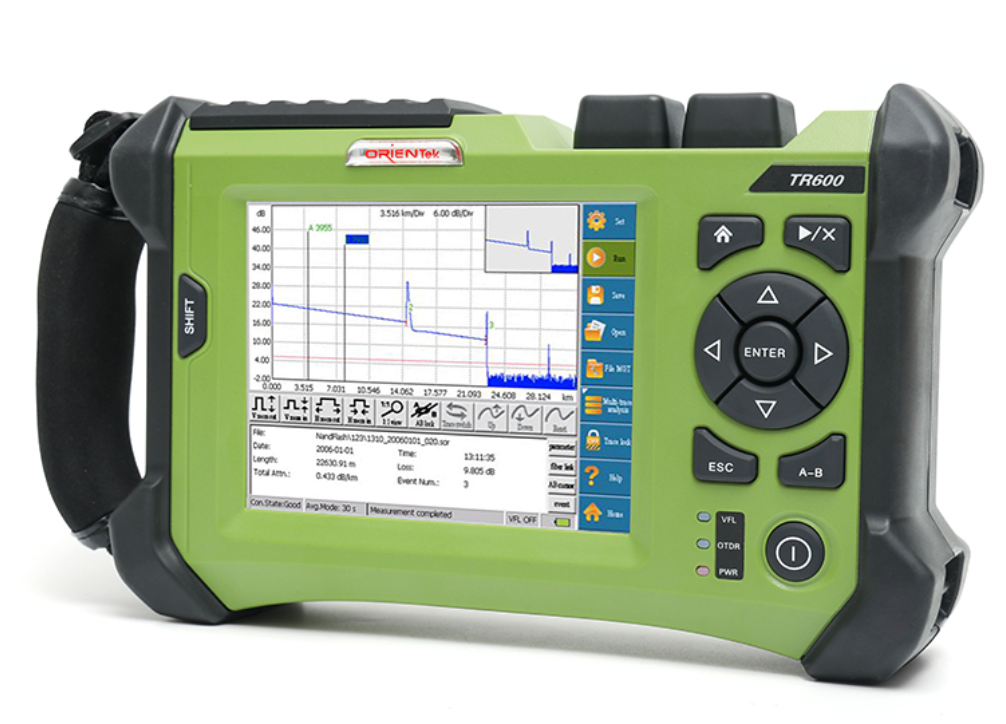
-
Summary of commonly used connectors in optical fiber
Categories: OthersThe fiber optic connector is a universal passive device. For the same type of fiber optic connector, it can be used in any combination and can be used repeatedly. Therefore, the additional loss introduced is generally less than 0.2 dB. People who are not always in contact with fiber optics may mistake the fiber optic connectors of GBIC and SFP modules for the same type, but they are not. The SFP module is connected to the LC fiber connector, and the GBIC is connected to the SC fiber optic connector. Below we will detail the various fiber optic connectors in the communication network, and also show some fiber optic connectors that are rarely touched.
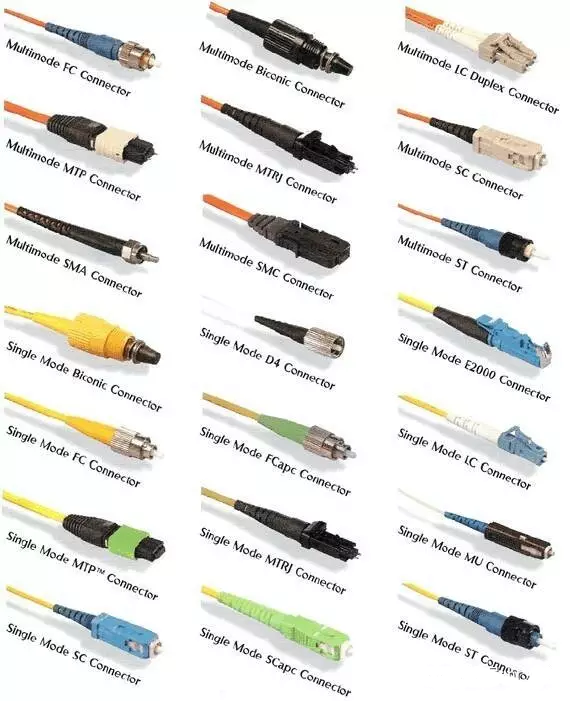
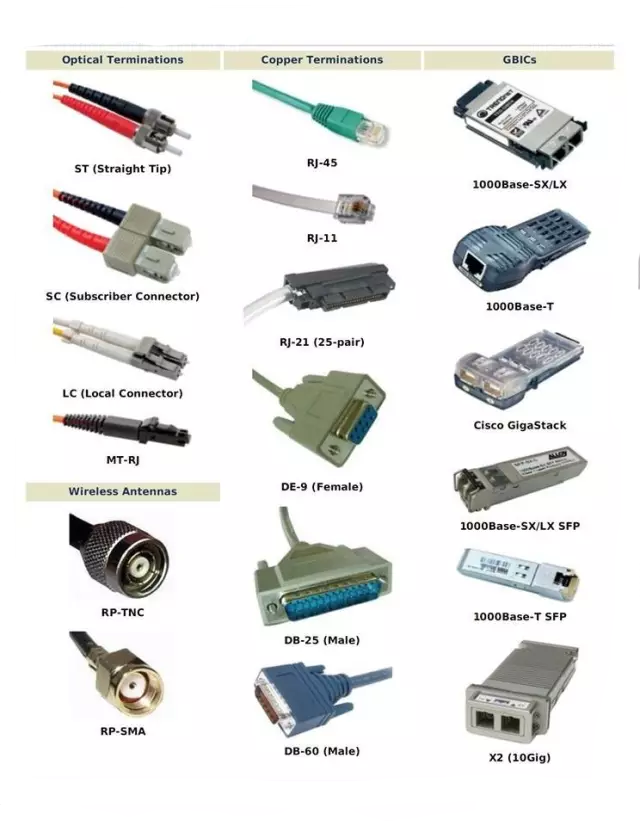
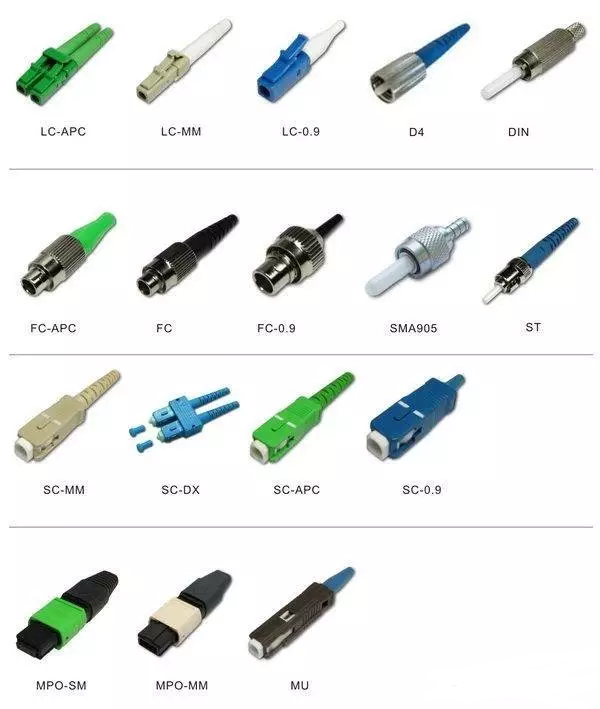
-
The secret of submarine optical cable you want to know
Categories: OthersThe submarine optical cable is the "central nerve" of the Internet, which carries more than 90% of the world's international voice and data transmission. Without it, the Internet is just a link.
It has been covered with mystery because it is buried deep under the sea. Today we will take you into the world of submarine optical cables.
What does the submarine optical cable look like?

The submarine optical cable is the same as the terrestrial optical cable. It has a fiber core the size of a hair. However, the submarine optical cable needs stronger armor protection, and there is an important component-the remote power supply conductor, which transmits electricity to the seabed Repeater.
The submarine optical cable system consists of two parts: onshore equipment and underwater equipment.
Under
-
What are the main types of optical fibers used in the fusion splicer
Categories: Fusion SplicingAccording to transmission frequency: conventional single-mode fiber and dispersion-shifted single-mode fiber.
Conventional: The optical fiber manufacturers frequency the optical fiber transmission to a single wavelength of light, such as 1300μm.
Dispersion shift: The optical fiber manufacturers frequency the optical fiber transmission to two wavelengths of light, such as: 1300μm and 1550μm.
2. According to refractive index: abrupt and graded fiber.
Abrupt type: The refractive index from the central core of the fiber to the glass cladding is abrupt. The cost is low and the inter-mode dispersion is high. Suitable for short-distance and low-speed communication, such as industrial control. However, because of the small inter-mode dispersion of the single-mode fiber, the single-mode fiber adopts the abrupt type.
Graded optical fiber: The refractive index from the central core of the optical fiber to the glass cladding is gradu
-
The necessity and purpose of the replace of the electrodes
Electrode stick with the naked eye is a very sharp needle, although itself is a metal material, hardness, will not wear, but the need for long-term high temperature discharge, so the front of the discharge will inevitably be lost.
During the discharge process, the fiber itself is diffused due to the high energy heat, and the tip of the electrode rod is attracted to the tip of the electrode to form non-conductive insulating impurities. The insulating film will make the arc to avoid the discharge, so the loss from the front end is likely to change as it starts from the rear, and if things go on like this will exacerbate the tip of the rod electrode wear, making it very irregular.Before each use of the fusion splicer, please check whether the electrode is polluted, worn or damaged. Remove the dust or other particles on the electrode. Under normal use, the electrode can be used repeatedly
If one of the following conditions exists, the electrode must be replaced, oth









